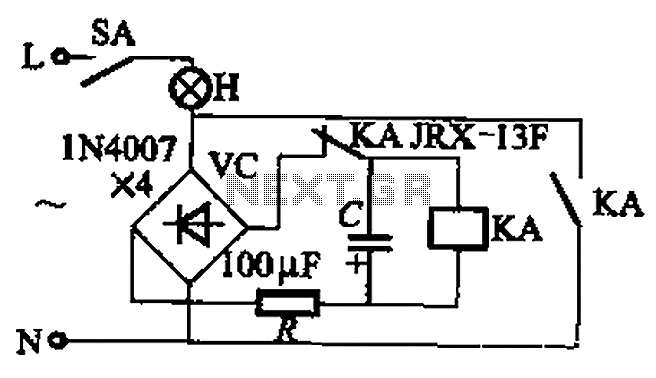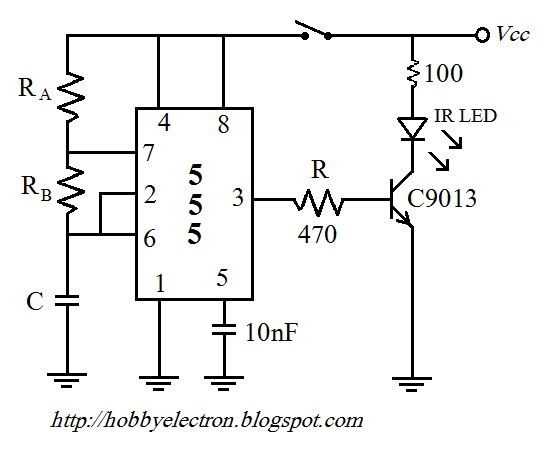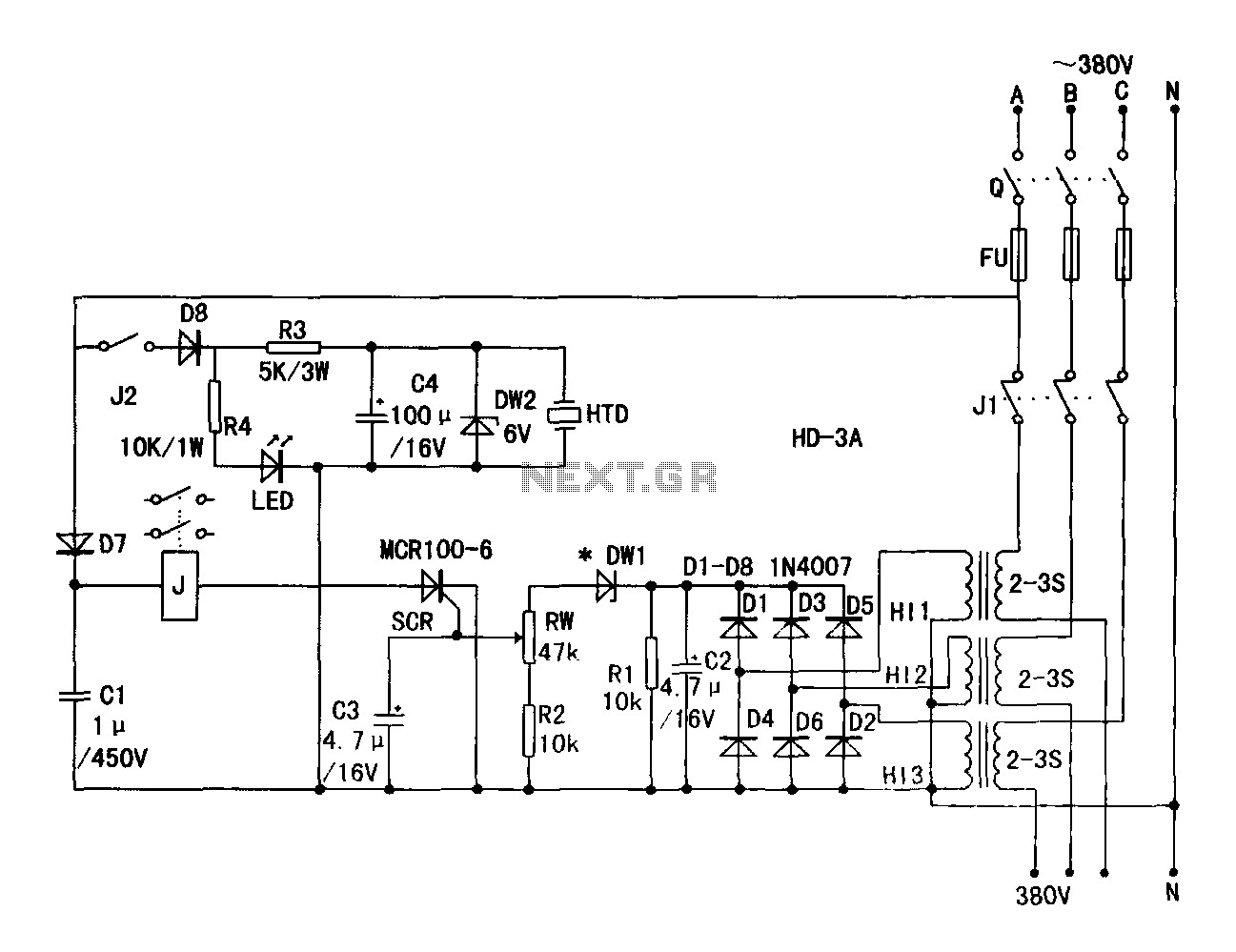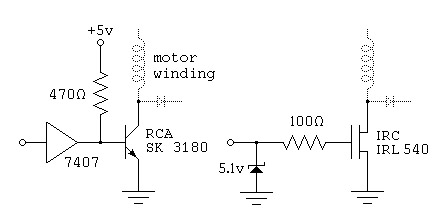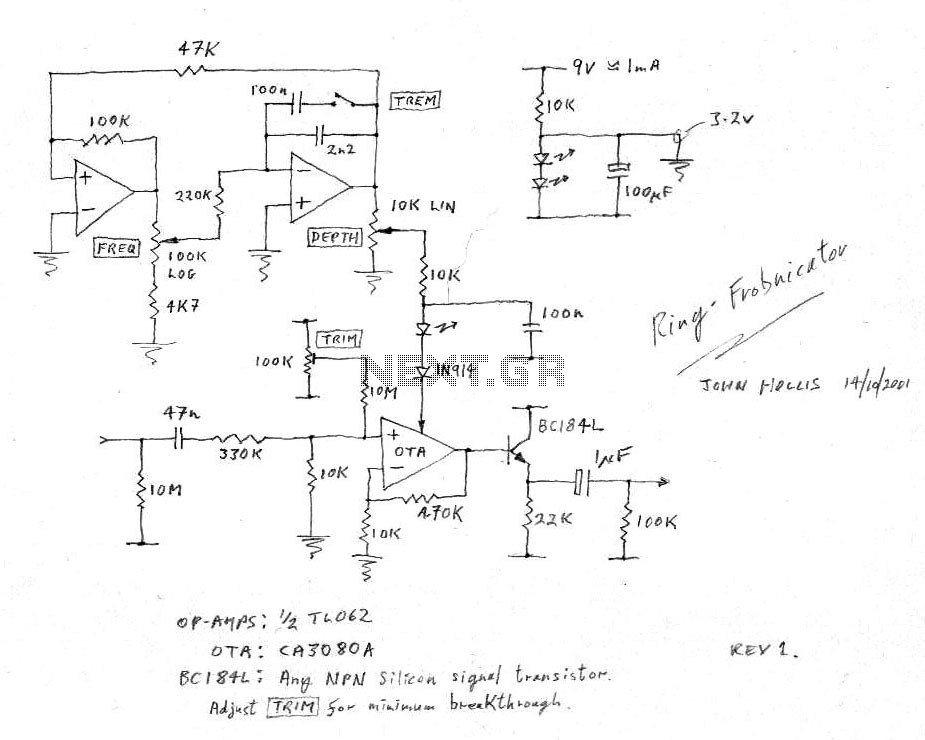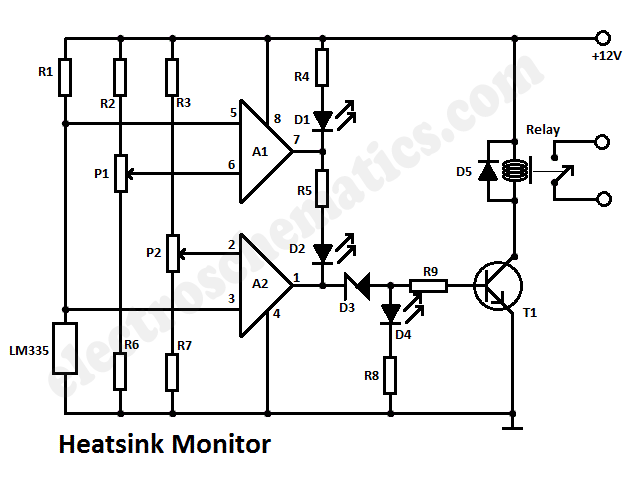
KA22427 1 Chip Af/fm Reception Circuit
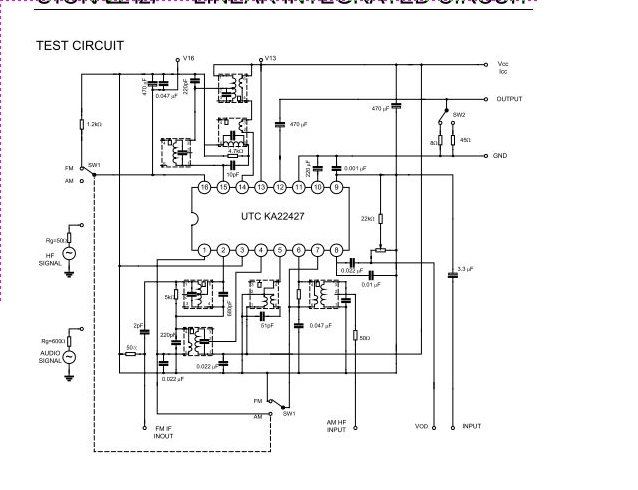
The UTC KA22427 is a single-chip AM/FM radio integrated circuit designed for portable radio applications. It features an AM amplifier, local oscillator, AM mixer, AM/FM amplifier, AM AGC, and FM AGC circuitry.
The UTC KA22427 integrated circuit is engineered to facilitate the development of portable AM/FM radios with minimal external components. The design incorporates several key functionalities that enhance performance and usability.
The AM amplifier section boosts weak radio signals to a level suitable for processing, while the local oscillator generates a stable frequency that is essential for the mixing process. The AM mixer combines the incoming signal with the oscillator frequency to produce an intermediate frequency (IF) signal, which is easier to process.
The AM/FM amplifier section provides necessary amplification for both AM and FM signals, ensuring that audio output is clear and of high quality. The Automatic Gain Control (AGC) circuits for both AM and FM help maintain consistent audio levels despite variations in signal strength, thereby improving the listening experience.
This integrated circuit is particularly advantageous for battery-operated devices due to its low power consumption and compact size. The integration of multiple functions into a single chip reduces the overall footprint of the radio circuit, making it suitable for portable applications where space is limited.
The UTC KA22427 is an ideal choice for designers seeking an efficient solution for AM/FM radio functionality in consumer electronics, providing a balance of performance and compact design.UTC KA22427 is a one-chip AM/FM radio integrated circuit that is suitable for portable radio applications. It includes AM amplifier, local OSC, AM mixer, AM/FM amplifier, AM AGE, FM AGE circuit an.. 🔗 External reference
The UTC KA22427 integrated circuit is engineered to facilitate the development of portable AM/FM radios with minimal external components. The design incorporates several key functionalities that enhance performance and usability.
The AM amplifier section boosts weak radio signals to a level suitable for processing, while the local oscillator generates a stable frequency that is essential for the mixing process. The AM mixer combines the incoming signal with the oscillator frequency to produce an intermediate frequency (IF) signal, which is easier to process.
The AM/FM amplifier section provides necessary amplification for both AM and FM signals, ensuring that audio output is clear and of high quality. The Automatic Gain Control (AGC) circuits for both AM and FM help maintain consistent audio levels despite variations in signal strength, thereby improving the listening experience.
This integrated circuit is particularly advantageous for battery-operated devices due to its low power consumption and compact size. The integration of multiple functions into a single chip reduces the overall footprint of the radio circuit, making it suitable for portable applications where space is limited.
The UTC KA22427 is an ideal choice for designers seeking an efficient solution for AM/FM radio functionality in consumer electronics, providing a balance of performance and compact design.UTC KA22427 is a one-chip AM/FM radio integrated circuit that is suitable for portable radio applications. It includes AM amplifier, local OSC, AM mixer, AM/FM amplifier, AM AGE, FM AGE circuit an.. 🔗 External reference
